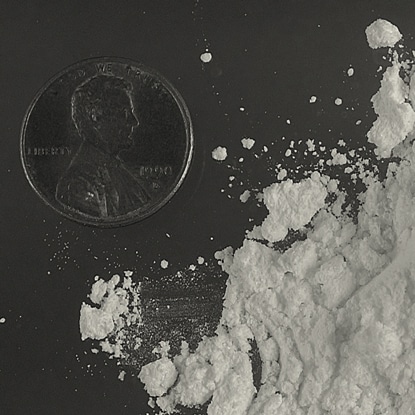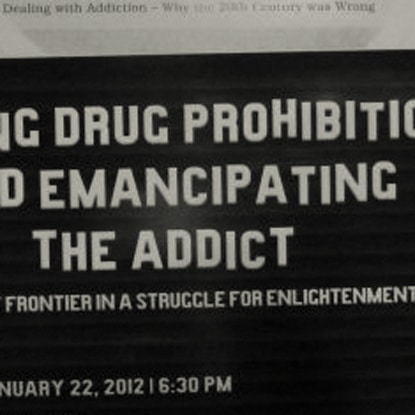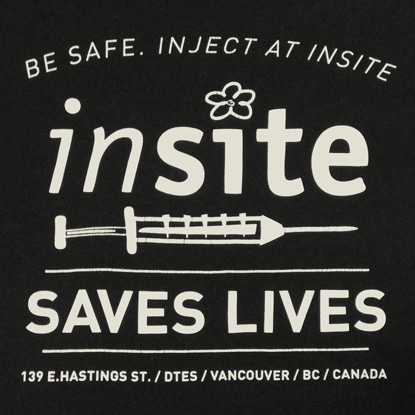Tonight the Senate Committee on Legal and Constitutional affairs heard from a huge variety of witnesses, from researchers at the Canadian Center on Substance Abuse to Chief Ron Evans of the Norway House First Nation to representatives of the RCMP.
In all, ten witnesses were called. Nearly every witness—including those representing law enforcement—made it clear that a variety of approaches are required to stem drug-related crime, not just enforcement.
However, not a single witness dared question the efficacy of drug prohibition itself. This important framework was in fact almost entirely missing from the discussion. And with the Senate declining to hear from the Canadian Drug Policy Coalition’s Director, Donald Macpherson, it is unclear if such a perspective will be raised in the hearings to come.
Witness after witness in today’s hearings sung the praises of harsher sentencing for drug crimes, even though there is no evidence that this approach works to either deter or rehabilitate individuals. What we do know is that prohibition continues to fill the coffers of organized criminals.
Gwendolyne Landolt, Vice President of the Drug Prevention Network of Canada, went so far as to claim that prohibition was indeed a successful policy given that alcohol consumption decreased during the prohibition era in the United States from 1920 to 1933. However, as evidenced by a recent report from the Health Officers Council of British Columbia, this is actually like comparing apples to oranges.
During prohibition, there may have been a decrease in alcohol consumption, but there was in fact a marked increase in organized crime.
After prohibition, alcohol was not only legalized, but drinking was heavily promoted by the alcohol industry. Senator Joyal came closest to questioning this failed prohibition approach when he brought up the open letter recently signed by four former BC attorneys general.
In that letter, the attorneys general compare the violence and bloodshed during prohibition to the current situation in British Columbia, where organized crime turns a healthy profit through marijuana and synthetic drugs. Despite the misinformation put forward by witnesses such as Ms. Landolt, who claimed that young people who use drugs can never hope to participate in society, the fact is that substance use takes place on a spectrum, ranging from beneficial, through recreational, to problematic. The majority of Canadians who use or have used drugs do not suffer from problematic effects or harmful abuse. Perhaps it’s time our lawmakers took these facts into consideration, and produced policy based on health, regulation and human rights.





 by Craig Jones Former Executive Director, The John Howard Society of Canada.
by Craig Jones Former Executive Director, The John Howard Society of Canada.




